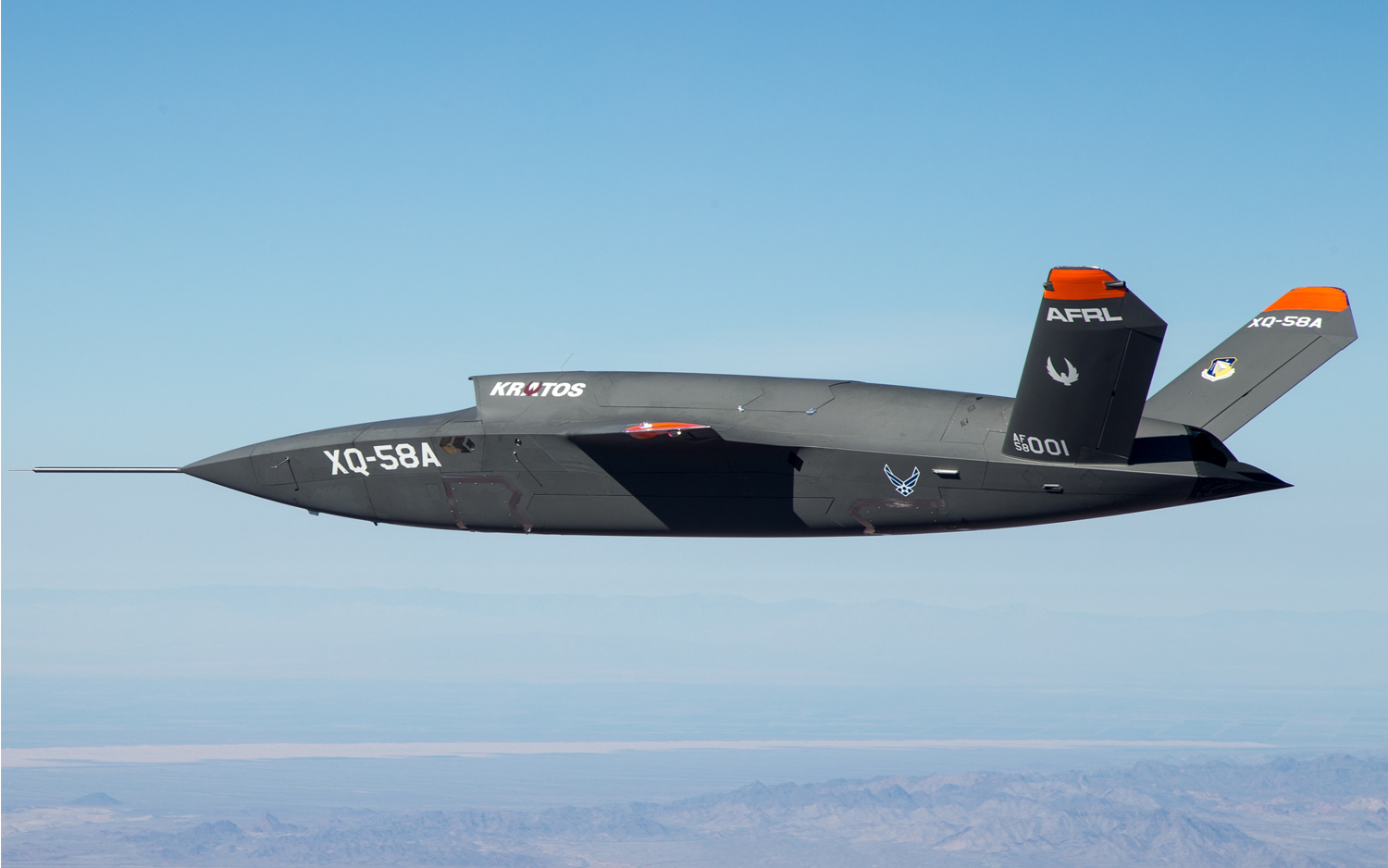US Military Wants to Put an R2-D2 On Combat Jets to Control Robotic Wingmen
Called Skyborg, the artificial intelligence wingman will help pilots and fly combat drones alongside F-35 and F-15EX fighter jets.
The US military is working on a new artificial intelligence to help pilots and fly robotic wingmen for the USAF. Its name is Skyborg — and while it doesn’t have the physical form of the beloved astromech android from Star Wars, it will work as R2-D2 in the films.

It all started last year, when the US Air Force revealed plans to speed up its artificial intelligence programs. One of them was the idea of creating low-cost attritable combat robot wingman that could fly alongside piloted fighter jets.
The concept became the XQ-58 Valkyrie drone prototype. Made by Kratos Defense, the Valkyrie is an unmanned fighter jet controlled by Skyborg. Will Roper — USAF’s top acquisition official — now says that they want to take the program one step further and do two things with it.
MORE: US Military Developing Wireless Tech to Control Weapons With Your Mind
One, the USAF is talking with Lockheed Martin and Boeing to network the F-35 and F-15EX with the Valkyrie, so the drone can train and learn from pilots to escort them in missions like in a Japanese shoot-'em-up arcade game.
The second one is the possibility of embedding Skyborg in the actual planes so it can assist the human pilots in their missions the same way R2 helped Luke on the Death Star trench run. Talking to Defense News, Roper says that he’s very passionate about doing it: “The F-35 has a wonderful opportunity to do this as part of Block 4 [a new version of the fighter with new sensors and payload capabilities] [w]e might also have an opportunity to do this as part of F-15EX [Boeing’s 21st century update to the venerable fighter jet].
The XQ-58 Valkyrie, which has already flew its first test at the Yuma Proving Ground in Arizona last March, works just like a human-controlled fighter jet —- but one that is not bound by the laws of physics that affect pilots. As a result, it can do maneuvers that a human pilot can’t do because of our bodies’ physical limitations.
Sign up to get the BEST of Tom's Guide direct to your inbox.
Get instant access to breaking news, the hottest reviews, great deals and helpful tips.
The USAF believes that they can produce this drones in great quantities for a couple of millions dollars per unit, which is nothing compared to the cost of an F-35, which right now it’s calculated between $94 and $122 million.
The logic is that, if you can have several squadrons of these machines flying alongside human pilots, your air superiority will be guaranteed. Of course, that ignores the fact that — at some point in the future — the AI will make the pilots redundant. Or the possibility that the enemy can hack into your war systems and turn your swarm of vicious fighter jets against your own troops. If history has told us anything, it's is that everything is hackable, without exception.
Jesus Diaz founded the new Sploid for Gawker Media after seven years working at Gizmodo, where he helmed the lost-in-a-bar iPhone 4 story and wrote old angry man rants, among other things. He's a creative director, screenwriter, and producer at The Magic Sauce, and currently writes for Fast Company and Tom's Guide.

